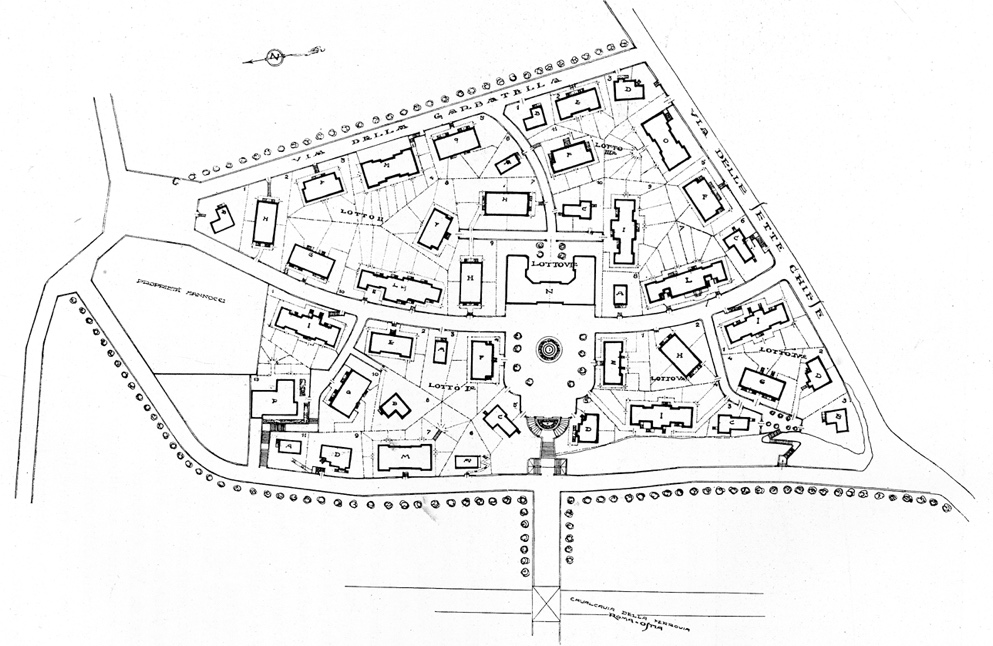Gustavo Giovannoni e la cultura dell’ambientismo
Francesca Romana Stabile

Abstract
The paper’s aim is to depict Gustavo Giovannoni’s theoretical and operating principles and his connection to the cultural movement of ambientismo – also called contextualism -, which spread at the beginning of the XX century. It is possible to compare Giovannoni’s thoughts and interventions in the architectural field to interpret various aspects of his ideology on the ideal purpose and physical structure of the city. The debate on the ambientismo – fuelled by architects and honorary fellows, led by Giovannoni and the Associazione Artistica fra i Cultori di Architettura – recognise the historical architecture, as well as the picturesque feeling inherent the historical urban pattern, as a possible model both to thin out the urban pattern for a healthiness reason and to decentralize new residential districts. Therefore, the ambientista approach is clearly influenced by the urban principles of Sitte, Buls and Stübben, Howard and Unwin. Hence, between the 1910s and the 1920s, the ambientismo became the core principle of the urban and architectural project, identifying and reinterpreting the artistic and environmental features typical of each country, while considering the instances of modern building.
Stabile, F. “Gustavo Giovannoni e la cultura dell’ambientismo.” Bollettino del Centro di Studi per la Storia dell’Architettura, no. 1 (2017): 135-146. http://www.cssar-casadeicrescenzi.it/wp-content/uploads/2018/04/12_FR_Stabile_NS_2017_01.pdf


